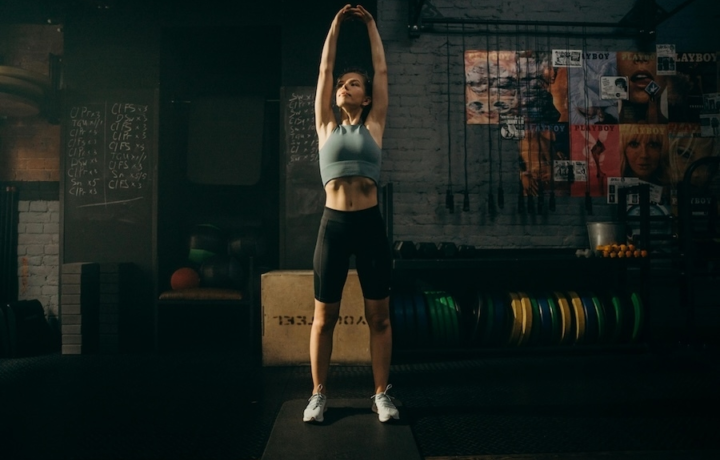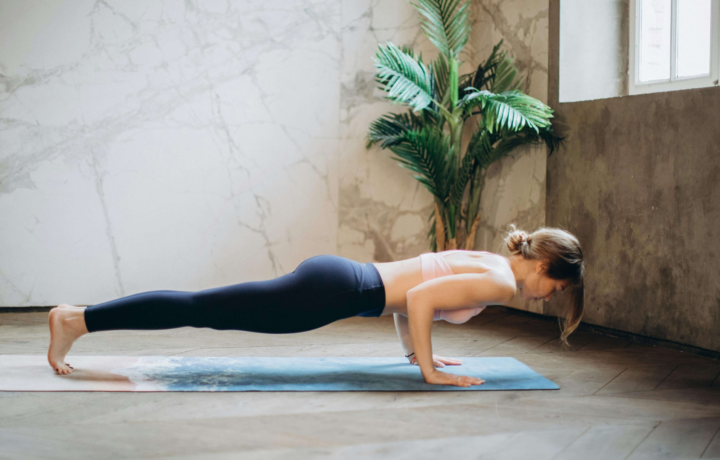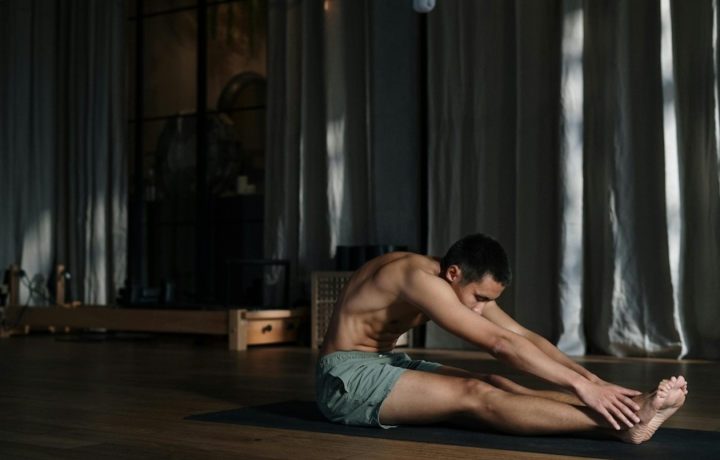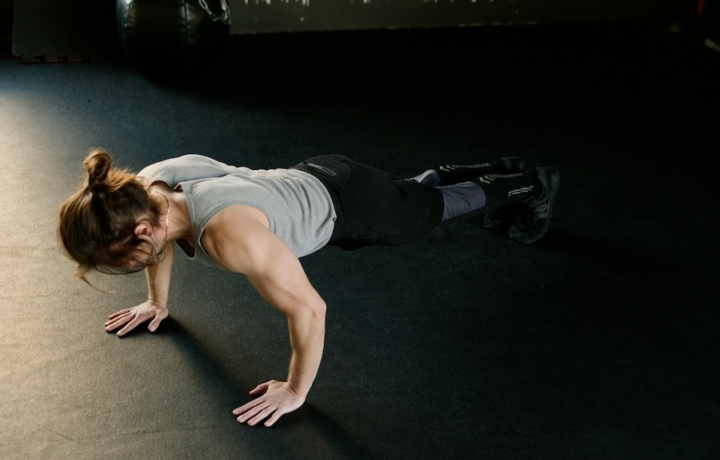Enhance flexibility, reduce stiffness and improve recovery
Best Stretching workouts
Stretching workouts help you loosen tight muscles, improve flexibility, and increase joint range of motion. Whether used as a standalone recovery session or as part of your warm-up or cool-down, a structured stretching routine supports performance and reduces the risk of injury. These sessions are ideal for both athletes and everyday movers looking to improve posture, relieve muscle tension, and feel more mobile throughout the day.
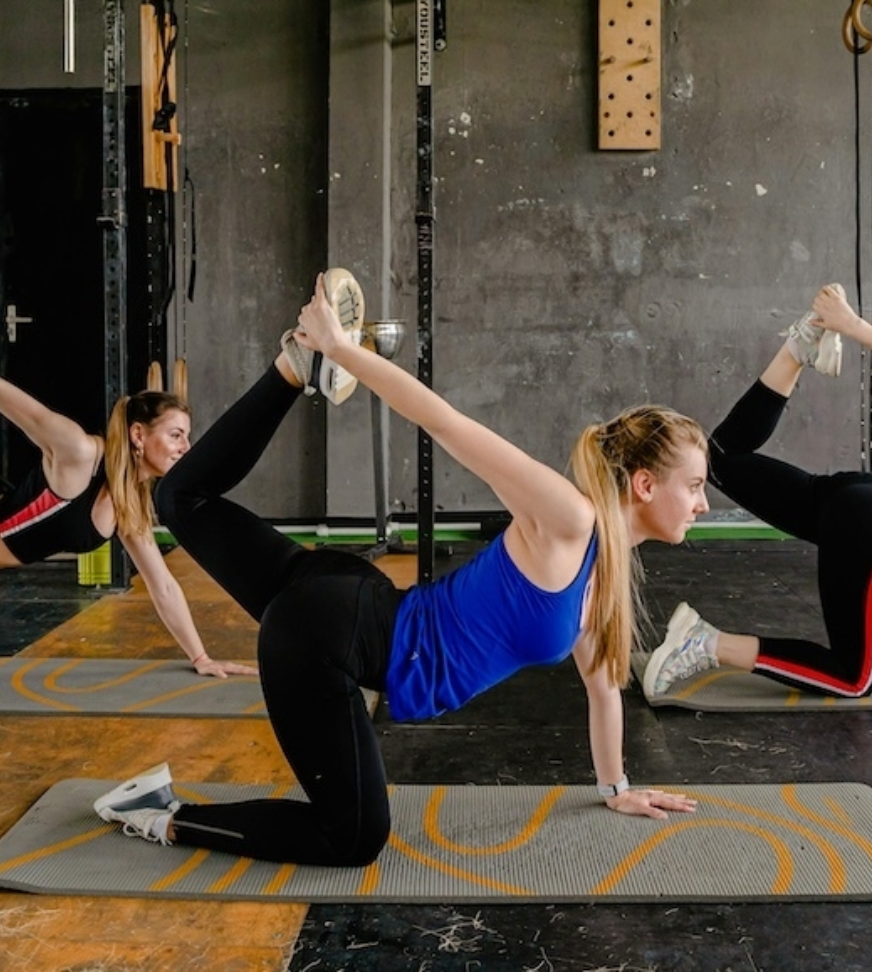
Workout 1 Stetching (Full-Body Stretch & Mobility)
This full-body stretch and mobility workout improves flexibility and reduces muscle tension using longer-hold stretches for 30 seconds each throughout your entire body. You'll target the major areas that commonly get tight: hips, back, shoulders, and legs with stretches that help release built-up tension from training or daily activities. The session moves through your body systematically with brief rest periods between stretches, allowing you to relax and breathe deeply while improving your range of motion.


Cat Cow Stretch


Standing Wall Calf Stretch


Overhead Triceps Stretch


90/90 Stretch

Hip Flexor Stretch (Kneeling)


Seated Glute Stretch


Iron Cross Stretch
Move more freely and recover more effectively
The benefits of Stretching workouts
Stretching enhances muscle elasticity, improves blood flow, and helps restore your body after intense training. It can reduce post-workout soreness, improve posture, and support healthy movement patterns. Over time, consistent stretching helps correct imbalances, relieve back and neck tension, and promote long-term mobility: especially when combined with strength and mobility work.
Built for progress
Take the guesswork out of training
Create personalized AI-powered workout plans that evolve with you. Train smarter, track every rep and keep moving forward, one workout at a time.






Workout 2 Stretching (post-Workout Recovery Flow)
This post-workout recovery flow stretching session helps your body cool down and recover after intense training using longer holds (40 seconds) and flowing movements that release muscle tension. You'll target the areas that typically get tight after workouts: hip flexors, hamstrings, back, shoulders, and chest with stretches designed to help your muscles relax and return to their normal length. The longer holds and flowing sequence help your heart rate come down gradually while improving flexibility and reducing soreness.


Worlds Greatest Stretch


Sitting Bent-Over Back Stretch

Standing Hip Flexor Stretch

Roll Hip Stretch


Rear Deltoid Stretch


Superman Chest Stretch
Workout 3 Stretching (Upper Body Release)
This upper body release stretching workout focuses specifically on releasing tension and tightness in your shoulders, arms, back, and chest using targeted stretches held for 30 seconds each. You'll use foam rolling movements and dedicated stretches that target the areas that get tight from upper body training, desk work, or daily activities. The session systematically works through your triceps, lats, shoulders, and arms with gentle movements designed to improve flexibility and reduce muscle tension in your upper body.


Roll Ball Triceps Latissimus Dorsi Stretch


Roll Ball Infraspinatus Stretch


Extension Of Arms In Vertical Stretch


Elbow Flexor Stretch


Rear Deltoid Stretch
Frequently asked questions: best Stretching workouts
Absolutely. Gentle, consistent stretching—especially for the hips, hamstrings, thoracic spine, and upper traps—can relieve tension that contributes to back or neck pain. Always combine stretching with mobility and posture work for the best results.
Use dynamic stretches before your workout to prepare your body for movement. Static stretching is best saved for after workouts or during recovery days to improve flexibility and reduce tension.
Yes. Stretching improves joint range of motion, which can help you achieve better form in exercises like squats, presses, and deadlifts. It also helps muscles recover and stay balanced, which reduces injury risk and supports long-term strength gains.
Stretching 3–5 times a week is ideal, especially after workouts or on rest days. Even short 10–15 minute routines can make a big difference when done consistently.
Static stretching involves holding a position for a set time to lengthen a muscle (e.g., hamstring stretch). Dynamic stretching uses controlled movements to warm up joints and muscles (e.g., leg swings). Use dynamic before workouts and static after workouts or during dedicated mobility sessions.
Stay flexible, stay ready
Ready to train smarter?
You’ve just explored some of the most effective stretching workouts: ideal for improving flexibility, reducing tension, and supporting recovery. With the app, you can turn these into a consistent habit that helps your body move and feel better every day.
Explore more training variations
Related stretching workouts
Train smarter with weekly plans
